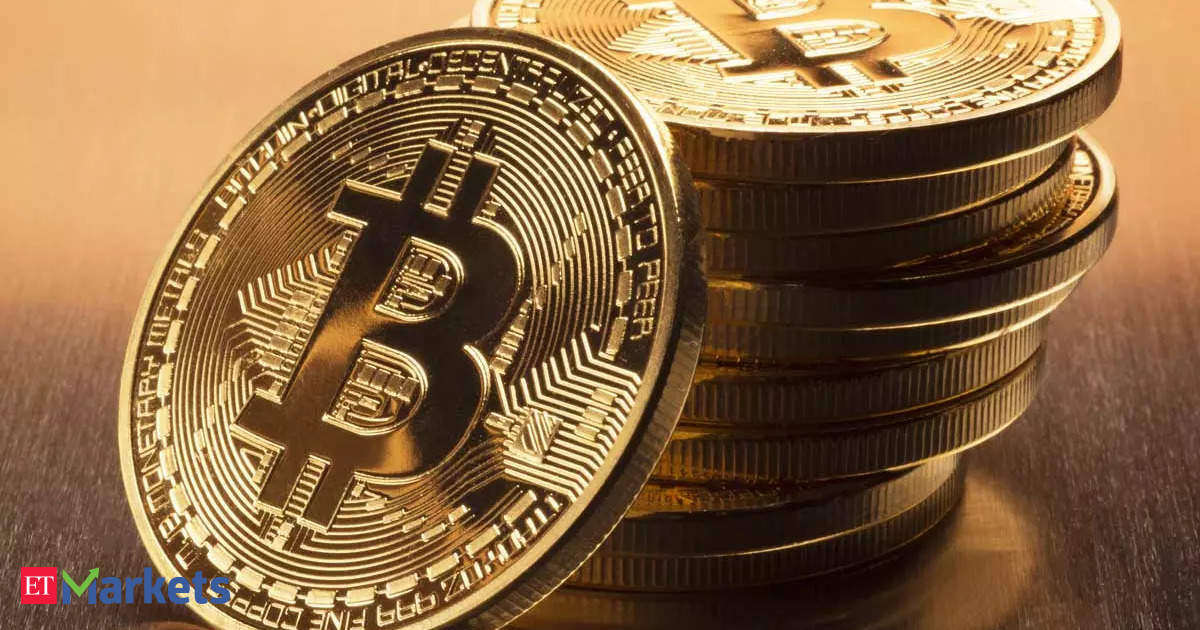Bitcoin experienced a 1.7% surge to reach \(66,310 on Monday following the halving event. This event, occurring approximately every four years, aims to decrease the rate at which new bitcoins are generated. Ethereum, the second-largest cryptocurrency, also saw an increase of over 1.4% to reach \)3,232. Altcoins such as BNB, Solana, Avalanche, Polkadot, and Chainlink observed significant gains ranging from 2% to 6%. In contrast, Dogecoin, Toncoin, Shiba Inu, and Polygon faced declines of up to 1%.
Edul Patel, CEO of Mudrex, noted that Bitcoin is currently trading above \(64,000 post the fourth halving event, with neither bulls nor bears dominating the market. Patel suggested that Bitcoin might trade within the \)62,000 to $66,000 range in the coming days.
Shivam Thakral, CEO of BuyUcoin, anticipates significant volatility in the market this week, potentially favoring bulls as Hong Kong ETFs prepare to launch. Thakral mentioned that a breakout above \(75,000 would indicate that the market has bottomed out around \)60,000.
In the realm of DeFi, the total volume stands at \(5.16 billion, constituting 8.12% of the total 24-hour volume in the crypto market. Additionally, stablecoins contribute \)58.53 billion, representing 92.17% of the total 24-hour volume. Over the last 24 hours, Bitcoin’s market cap surged to \(1.30 trillion, with a dominance of 53.5%. BTC volume in the same period increased by 10.3% to \)24.36 billion.
Rajagopal Menon, Vice President at WazirX, analyzed the technical view of Bitcoin, indicating two support zones at \(60,775 and \)59,600. The battle between bulls and bears is escalating, with Bitcoin facing potential selling pressure. The current moving averages suggest a trading range between \(60,000 and \)70,000. For a rally towards \(84,000, bulls need to surpass overhead resistance. A bullish crossover on the 4-hour chart favors the bulls, but a downturn below moving averages could signal aggressive selling, with a potential downside target at \)63,000.
(Disclaimer: The views expressed by experts are their own and do not necessarily reflect those of The Economic Times)

